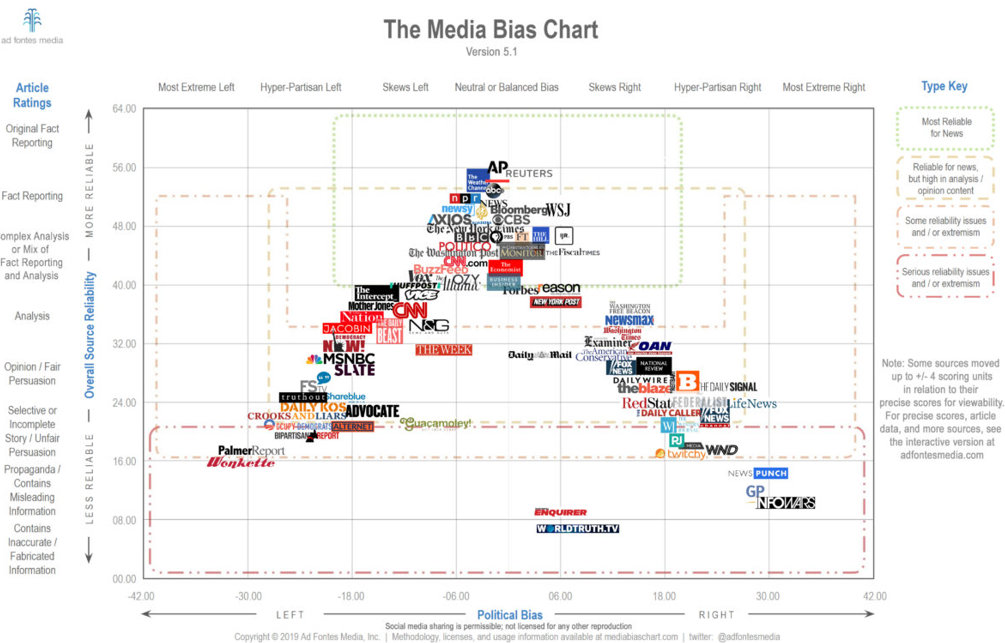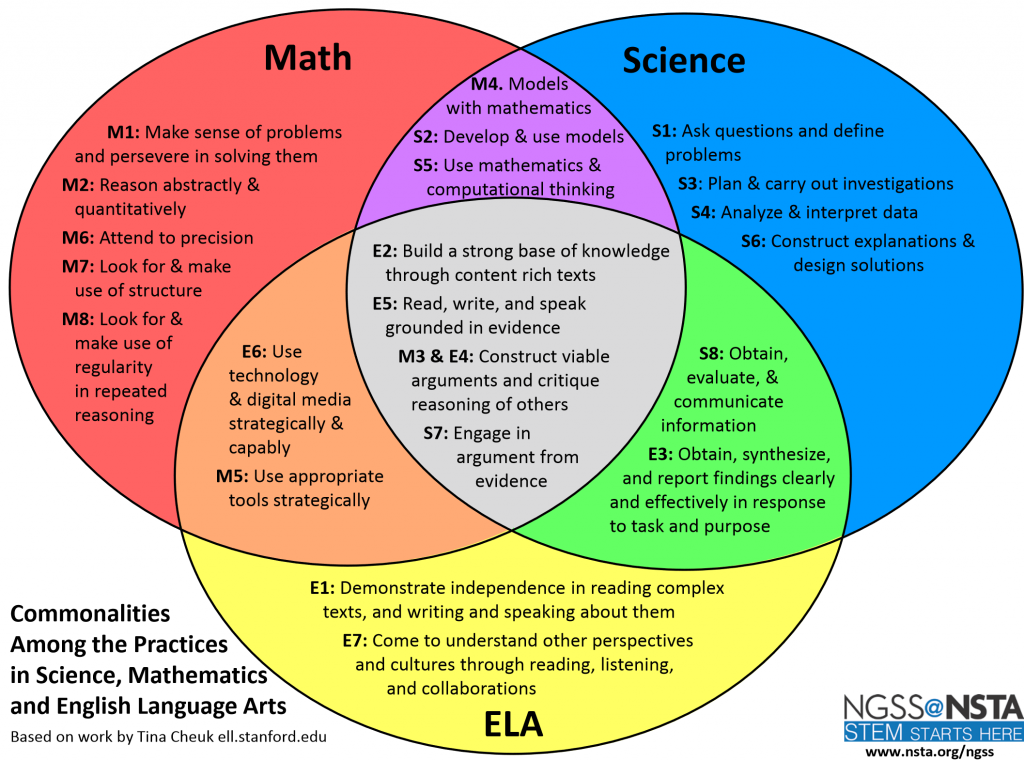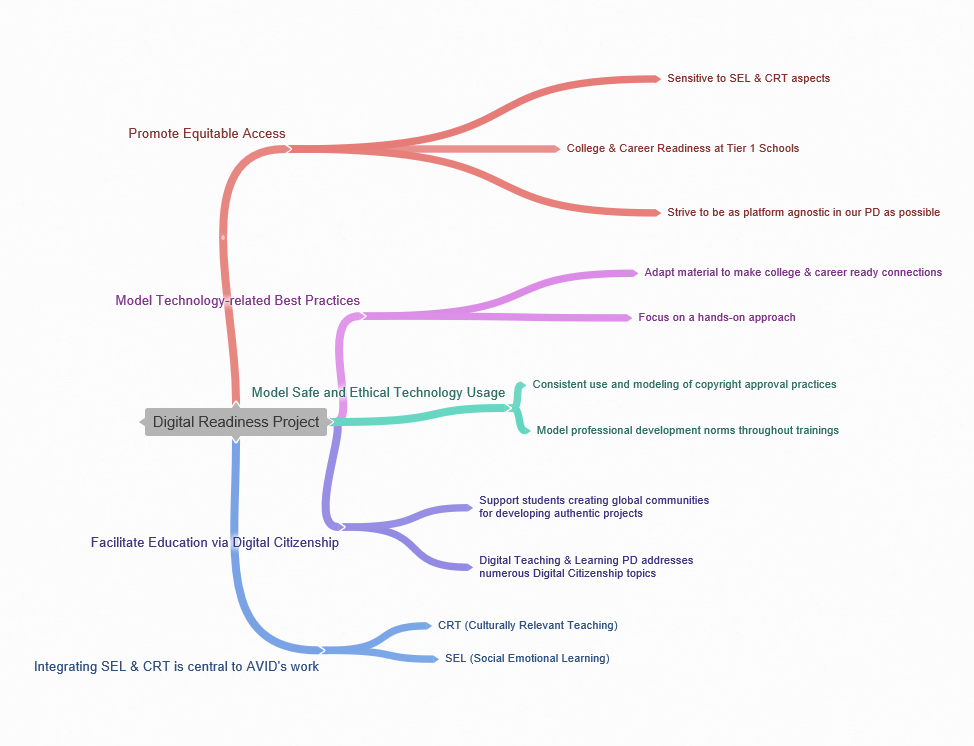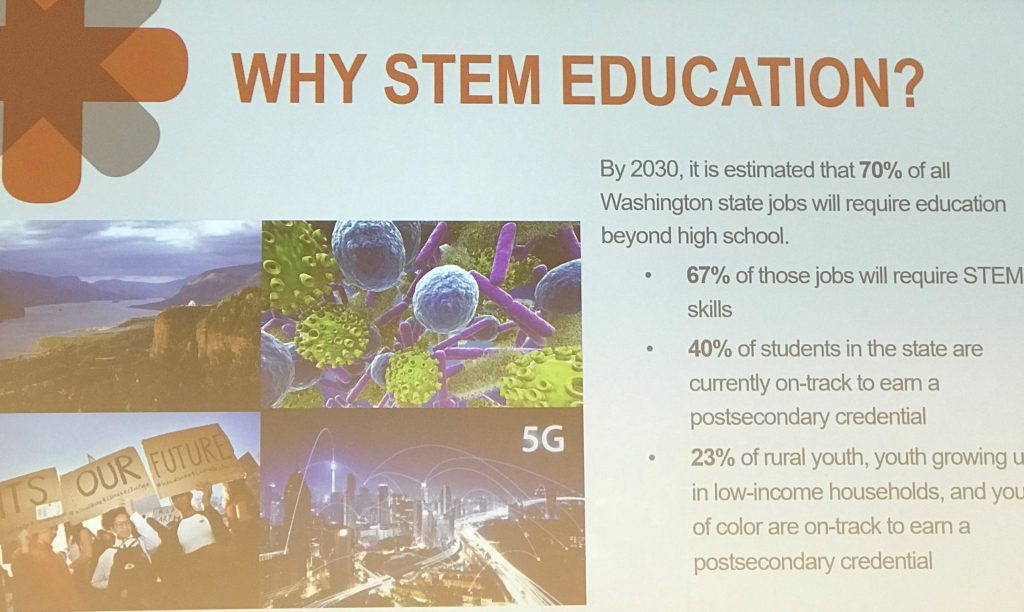
ISTE Standards for Coaches 7a, “Inspire and encourage educators and students to use technology for civic engagement and to address challenges to improve their communities,” emphasizes the importance of authentic opportunities for educators to encourage and inspire the use of technology to address and solve important community problems ranging from local to global levels.

Source: Teaching by Design, Part Deux
Evidence: “PBL can be a little overwhelming so starting small with a focus on Problem Based Tasks, as suggested by the structure of Dr. Foltos’s “Learning Activity Checklist”. Many of the lesson aspects involved with an emphasis on problem-based tasks arguably come down to just good teaching. The National Board for Professional Teaching Standards reference numerous aspects of PBL-related teaching, for example, “…understanding that information is not simply delivered to students but that meaningful learning requires students to employ new ideas in real world contexts.” Ideas for activities and where to start are also important. “It’s Debatable” is a book with several in-depth examples of modern socio-scientific issues such as whether or not to mine rare earth minerals. The PBL Works website has a variety of examples and PBL-related resources. This site is maintained by the Buck Institute which created one of the original Problem-Based Learning schools of thought and is considered by many to be the gold standard of PBL. If you’re looking to dive deeper into a resource with a specific Problem-Based Learning focus then the Illinois Math and Science Academy (IMSA) has created a toolbox of resources to support this effort with manuals focused around four primary topics: “PBL Matters, PBL Design, PBL Coaching, PBL Assessment”. IMSA offers the following description from their PBL Tool Kit, “Problem-Based Learning is focused experiential learning organized around the investigation and resolution of messy, real-world problems.” In the PBL book “Problem As Possibilities”, IMSA authors (Torp and Sage), also wrote “As an engagement process, problem-based learning empowers students as learners and doers to translate imagination and thought into actuality as well as to reflect on the process and proposed solution.” So the idea in PBL is that students are engaged in opportunities for deep learning solving complex problems with opportunities for real outcomes, while, at the same time, all PBL units should be passion-based learning opportunities for students so as to build a strong foundational and lifelong love of learning.”
Explanation: PBL provides an excellent platform for encouraging educators and students to utilize technology, or other means for that matter, for civic engagement and to address actual real-world problems in their communities.

Source: Integrating Social Justice and STEM Pedagogy
Evidence: “Combining Social Justice and STEM in education can take on a variety of forms. Social Justice issues can be big problems that occur at a state, national, or even global level. The same is true for STEM issues. One example would be the climate crisis and the social impact that this has on exacerbating equity issues across society. A solution this combined issue would be one example. Global problems are often difficult for students to relate to so looking at the local community can help improve relevance, engagement, and understanding. Food scarcity for local populations within the community may be addressed or even solved by a STEM-based solution. Younger students, and, honestly, students of all ages, may also benefit from looking at age-appropriate social justice issues in their school community. Is everyone being included at recess regardless of differences? How can this be addressed? Is there a STEM-based solution that might help?”
Explanation: Social justice issues are everywhere and there are many opportunities for students to engage in improving their communities by addressing social justice–topics that also happen to inspire and encourage both educators and students.

Source: Social Justice Pedagogy in a Digital Age
Evidence: “According to the Lexico website (a collaboration between dictionary.com and Oxford University Press), the definition for social justice is “justice in terms of the distribution of wealth, opportunities, and privileges within a society.” Often a misunderstood and ambiguous term for most, this succinct definition of social justice provides a foundation for basing social justice education efforts in the classroom. Social justice is about closing opportunity gaps in regard to education, wealth, and societal privileges. Still, how does one define Social justice as a pedagogy? The 2020 Innovative Pedagogy Reports provides the following description, “Social justice pedagogy is founded on the idea that education can be liberating and can help people address injustices in their own lives and in society. It aims to educate and enable students to become active citizens who understand social inequalities and can contribute to making society more democratic and egalitarian.” Student are not powerless, and through empowerment they become powerful change agents across their various communities. Technology in education provides a powerful medium and platform that magnifies student voice in the world. By modeling personalized support for educators, we can support them in providing individualized learning opportunities that empower students.”
Explanation: Empowering students is inspiring and using technology as an amplifier allows student voices to be heard loud and clear through civic engagement opportunities that address community-based challenges in general as well as those specific to social justice topics.

Source: Educating Students on Faux News in the “Fake News” Era
Evidence: “This article’s title graphic shows the inherent bias that even professional news media possess, but awareness of bias is just the start because knowing how to spot “fake news” is a skill that needs to be developed. According to a recent Stanford study cited by NPR, a relatively high percentage of surveyed students do not know how to spot falsification of information, “… at times as much as 80 or 90 percent…” A resource referenced by the “Digital Literacy in the Age of Fake News” presentation shares a great tool toward this end. Entitled “Evaluating a News Article”, the infographic walks the reader through asking several questions including the following examples: Does the headline match the content? Are there spelling or grammatical errors? Who is the Author? Are there references, links or citations? What is the website? Teaching these kinds of critical thinking and questioning skills is essential to developing students that turn into well-informed global citizens.”
Explanation: Using technology for civic engagement effectively means being able to identify bias, which, in and of itself, is one of the challenges our communities face and need to address.

Source: Setting the Standard for Student Empowerment
Evidence: “The “Project-based Interdisciplinary Learning” dimension describes a challenge-based learning approach where students research a real-world problem, organize, communicate, and then culminate their work via creation of tangible product solution for public presentation. The associated case study shared how students researched, created, and presented posters based on their learning around sunscreen, the Earth systems, and how to improve human health while also protecting the environment from possible pollution. Students research biology, chemistry, and environmental systems to understand how potential technological solutions can be better designed while understanding the mathematical scale of the potential impact.”
Explanation: Students can use technology to address challenges at all levels of their community and the more immediately relevant those challenges are to students then the more inspired, encouraged, and engaged they will become with respect to civic engagement around possible solutions.

Source: Digital Readiness Project
Evidence: “Developing digital citizenship builds on the foundations laid through safe and ethical usage of technology. Preparing digital citizens means bringing together all of the necessary digital skills for students to learn, grow, and apply as they become responsible online citizens and display good citizenship in general. As digital platforms continue to grow as a medium for civil engagement and everyday life, students need to be taught the skills necessary to navigate this. In many cases, this content is also new to teachers so teachers need support through careful modeling and effective professional development. A lot is involved with this but professional learning networks can help as teachers seek to learn and apply ways to support students as they become digitally literate, digitally mindful, and authentic contributors engaged with a global audience.”
Explanation: Teaching students how to navigate online platforms as a medium for civil engagement helps them grow into digitally literate citizens that can be inspired to use technology to address challenges to improve their communities.

Source: Digital Learning Mission Statement
Evidence: “Working toward equitable STEM education circles back to efforts around closing the various opportunity gaps that exist. By closing opportunity gaps, all students would have access to similar experiences with additional opportunities provided to those that do not have the same level of home support. These additional opportunities in conjunction with research-based practices and approaches should lead to reductions in the achievement gaps that exist across the educational system. Sound pedagogy is key, and this is where I can play a critical role as I careful and intentionally work to develop student curriculum and teacher professional development. By providing teachers with the appropriate tools and resources then training them in how to effectively implement those things in their educational context, I can work to support more equitable STEM education. Most likely we’ll never actually arrive at Utopian views of education like those offered by Marcus Childress in “Utopian Futures for Learning Technologies,” however, we can continually work and strive toward this ultimate goal while making solid improvements to the overall educational system and a difference in the lives of millions of students along the way.”
Explanation: Equitable STEM education engagement is key for inspiring and encouraging students to use technology for civic engagement as STEM literacy has become a critical future-ready skill. STEM is also all about solving problems so this prepares students to address challenges to improve their communities.

Source: STEM Summit
Evidence: “The first of three topic-specific sessions that I attended at the conference focused on Computer Science in rural Washington. The presenters shared about work done in the central part of the state in conjunction with the TEALS program. One of the main challenges in rural areas is access to qualified instructors coupled with a general lack of localized professional support. TEALS bridges this gap via video conferencing and by connecting new CS teachers with mentors in major metropolitan centers. These mentors may be several hours away so in-person consultations are rare but online support can be relatively frequent. The TEALS program practicing gradual release of responsibility with the goal of having new CS teachers self sufficient by the end of year three. By developing both the human and physical infrastructure, TEALS proves to be an effective measure for supporting CS education in rural areas.”
Explanation: TEALS inspires and encourages educators and students alike to use technology, specifically computer science, for civic engagement and to apply their knowledge to address challenges to improve their communities.

7a Use technology for civic engagement
7b Culture of respectful online interactions
